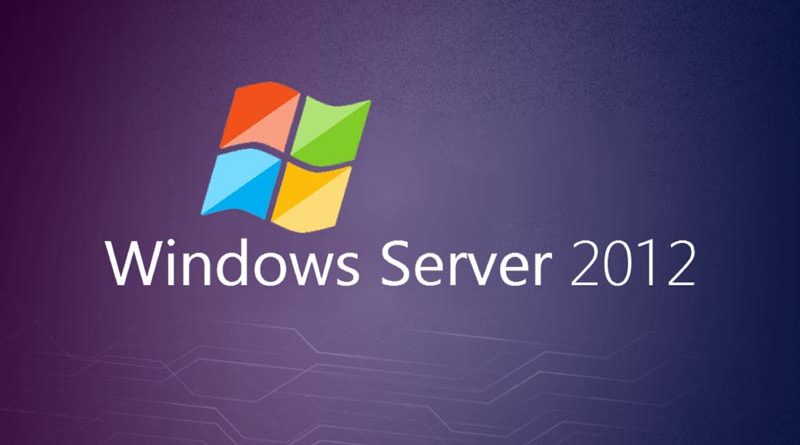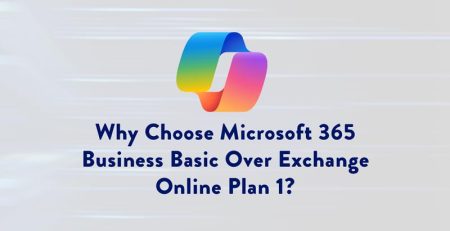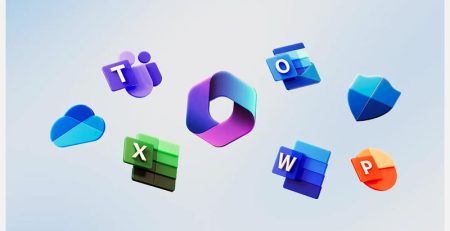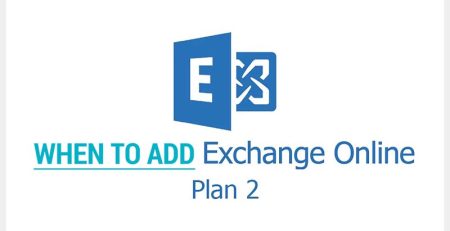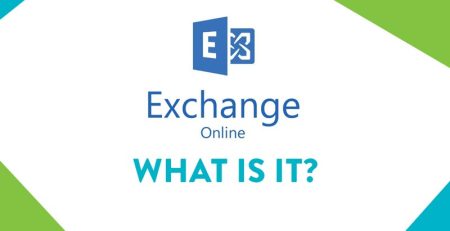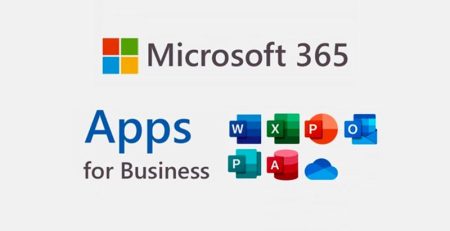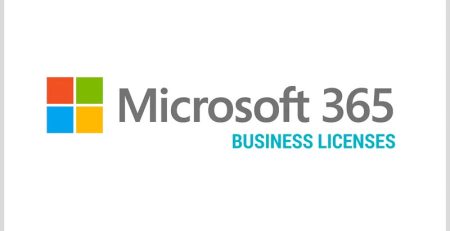Microsoft Ends Support for Windows Server 2012 and 2012 R2: What Does That Mean for Your Business?
Editor’s note: October is . This is the fourth in a series of blog posts dedicated to educating and informing you about cybersecurity practices. Check out the list below for links to the rest of the series:
- How Does Security and Privacy Work with Microsoft 365 Copilot?
- Follow These 3 Rules to Avoid Online and Phone Scams
- 3 Cybersecurity Measures SMBs Should Implement Now
- Avoid These Six Cybersecurity Myths and Misconceptions
- Multifactor Authentication Prompt Bombing: What Is It and How Do You Protect Yourself?
- How to Stay Secure: A Roundup of 7 Educational Cybersecurity Blog Posts
Last week, Microsoft ended support for Windows Server 2012 and Windows Server 2012 R2. This means if you have an on-premises server with either of those versions, they will no longer receive security updates and other nonsecurity updates.
If your company utilizes one of those server versions, don’t panic.
While your business will be at higher risk for a cyberattack, you do have options to secure your sensitive data.
What are Your Server Options?
Keep using Server 2012 or 2012 R2
If you can’t afford to upgrade your on-premises server right now, there are some small changes that will significantly improve your security until you can afford to replace Server 2012 or Server 2012 R2.
We would recommend you isolate your server from your network and isolate it from the internet so the data stored on it cannot be compromised and so it can’t be used as a method of entry to get to other sensitive data in your environment.
Doing this will keep you safe in the short term until you figure out what you want to do in the long term.
Move everything to the cloud
If all you need from the cloud is file storage, this can easily be done with Microsoft SharePoint.
SharePoint is included with most Microsoft 365 licenses, but you may need to purchase additional licensing for your needs. And because SharePoint is cloud based, your employees can access documents and files wherever they are without a VPN, as long as they have an internet connection.
SharePoint allows you to sync your documents to a folder on your computer, so you can navigate file structures like you do with your on-premises server. It feels the same as if the files were on a physical server, and your employees might not even realize it’s different.
If you need to run custom applications but no longer want an on-premises server, then consider installing your server on the cloud with a program like Microsoft Azure.
Instead of a large upfront cost when you buy a new server, you’d have a smaller monthly expense to utilize those cloud services. And if you decide you no longer need a digital server, you can cancel the subscription and immediately stop making payments.
Windows Server 2022 is the latest version, which Microsoft released Aug. 18, 2021. With an end-of-life date of Oct. 14, 2031, you’ll get about eight years of use before you’ll need to replace it.
Upgrade server operating system
If you have a specific line of business software that needs an on-premises server or if there is any other reason your organization needs an on-premises server, then you could invest in a new server operating system.
Windows Server 2022 is the latest version, which Microsoft released Aug. 18, 2021. With an end-of-life date of Oct. 14, 2031, you’ll get about eight years of use before you’ll need to replace it.
Unlike an Azure subscription, which comes with a per user, per month fee, upgrading to a new server version is a one-time cost that is much more cost-effective than buying a whole new server hardware.
Each company’s circumstance will be different based on what the server is used for, but the general rule of thumb is if your hardware is less than 5 years old, you can just replace the software.
If your hardware is more than 5 years old, then you should replace the hardware in addition to replacing the software.
It’s best to talk to your IT manager or managed service provider about the best way for your organization to move on from Windows Server 2012 or Server 2012 R2.
Microsoft Server Support in West Michigan
Is your company looking to upgrade your server or move your data to the cloud? Contact us here to see how we can help keep your business running smoothly while increasing productivity, security and profitability.

